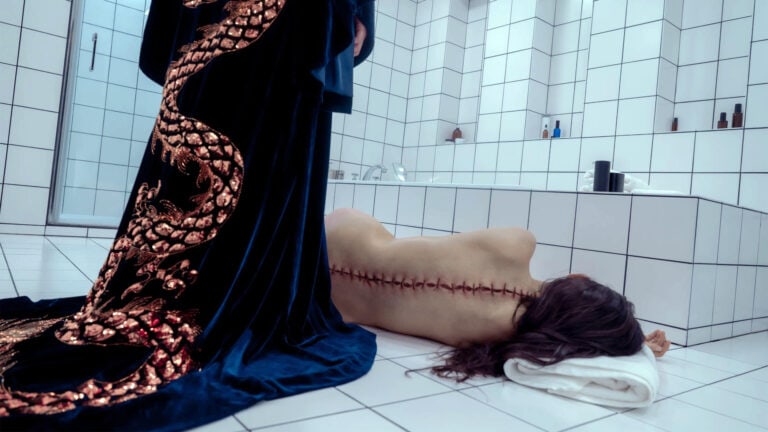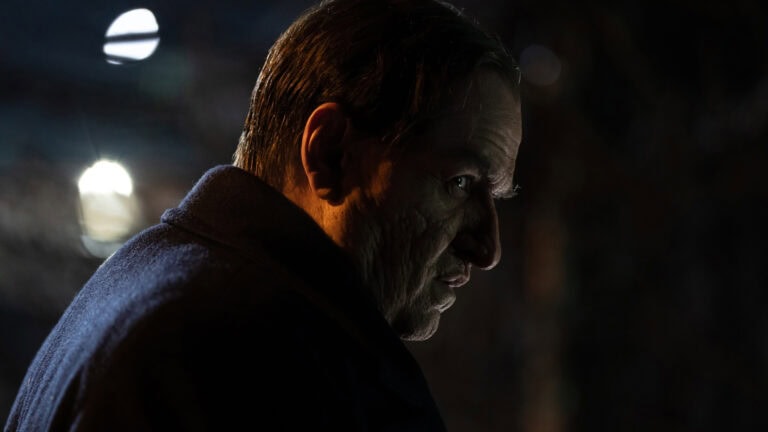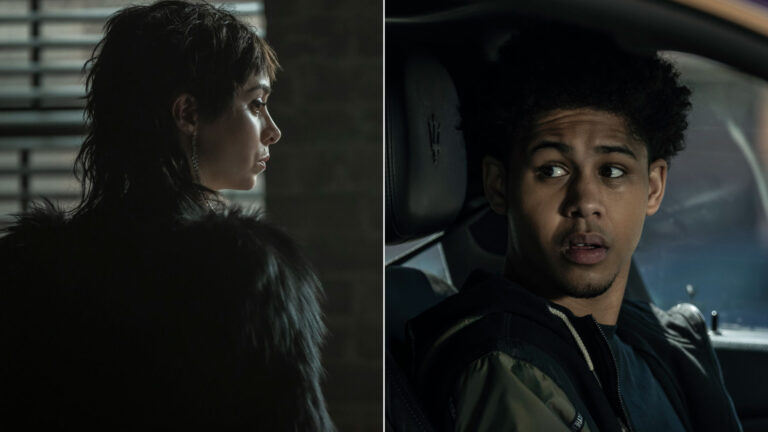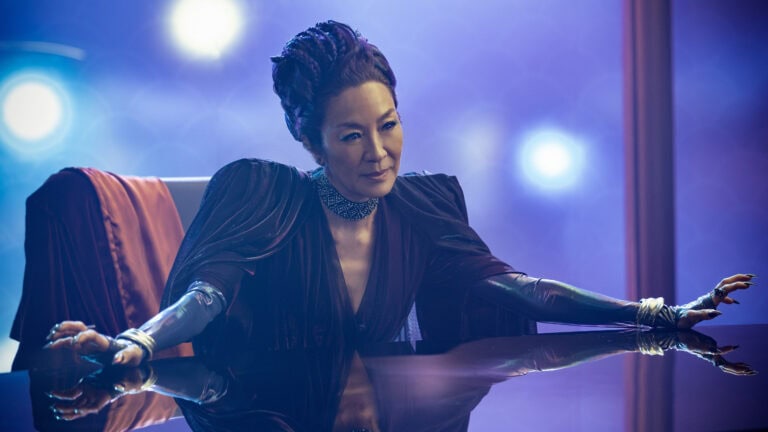Expanding Upon Star Trek: The Art of Glenn Hetrick’s Alchemy Studios
Emmy winner Glenn Hetrick expanded upon the unparalleled makeup process revealed in his new book, Star Trek: The Art of Glenn Hetrick’s Alchemy Studios.
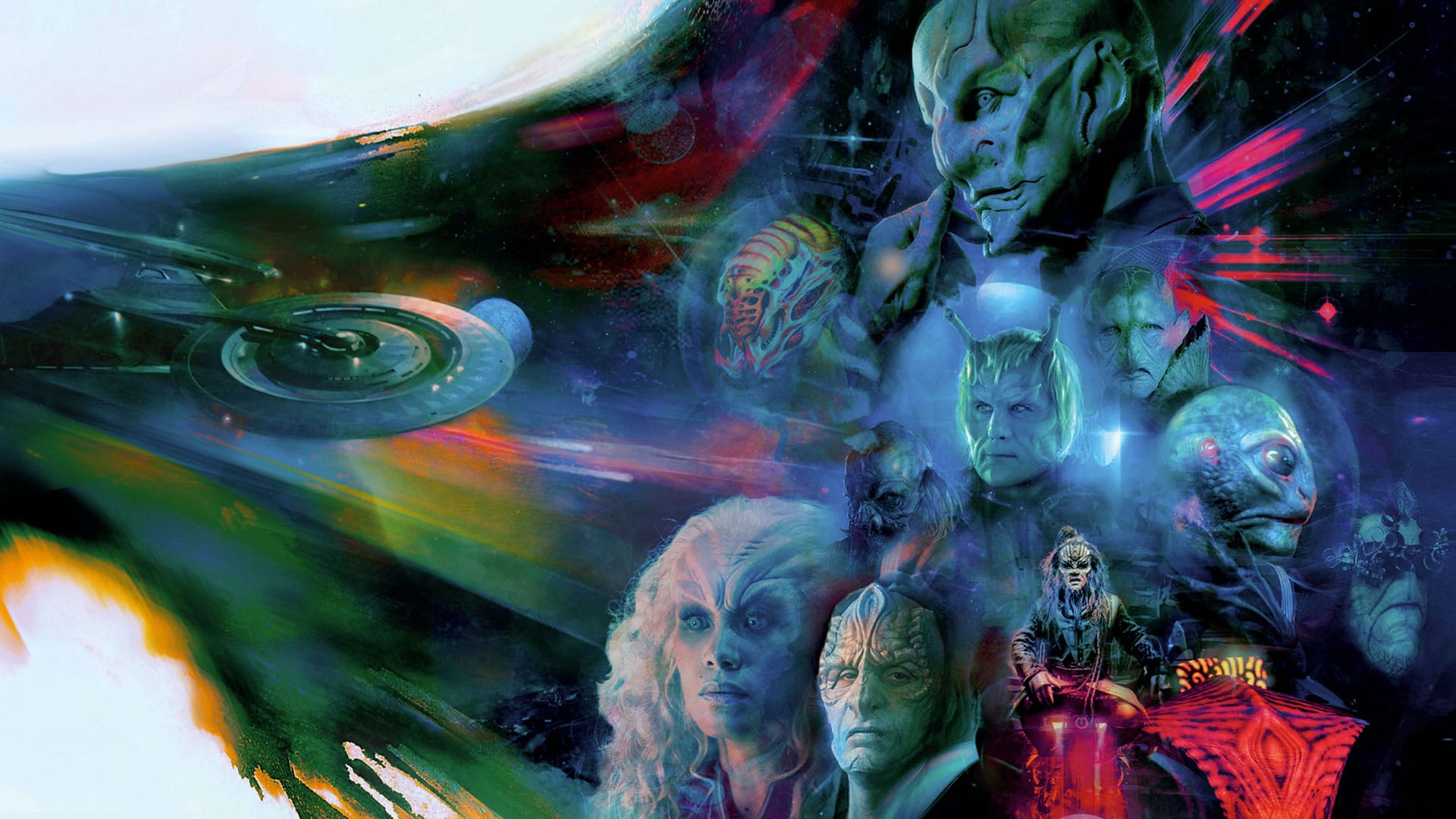
Star Trek: Discovery has pushed the boundaries of filmmaking in many ways, especially in prosthetic makeup. The incredible artistry of Alchemy Studios reimagined many of the franchise’s iconic species and characters (along with introducing new ones), creating something so realistic (yet authentic) that visually exceeded the audience expectation when it comes to Star Trek or even the larger sci-fi genre. Collecting this momentous effort is Star Trek: The Art of Glenn Hetrick’s Alchemy Studios, a lavishly illustrated book that dives into the fascinating makeup process for Discovery–from concept to application. “Over the years, I had been approached by several publishers about doing an ‘art of’, behind-the-scenes book, going all the way back to Season Three. I was always keen on the idea as I very much wanted to share all of the details with our fan base. However, I knew that we were going to be doing some big things in Season Four, and–as a fan myself–I wanted this book to be absolutely jam-packed with as much information as possible, with the widest array of characters imaginable. When Titan reached out, I was thrilled! I knew that their product quality is unparalleled, so I was eager to speak with them about this idea. I also had a rather big ask: I wanted to make sure that the text of the book featured tons of information and insight from the massive talent that comprises our Alchemy crew. I didn’t want my voice to tell the entire story, I wanted the crew to add their perspectives and experiences. As a fan, it would mean so much more to me than a single voice narrating ‘the story’ as it were. I also knew that it was a big ask because it requires a lot more work to add all of those interviews, transcripts, and it certainly makes the editing process much more difficult–as they have to weave in multiple perspectives with the accompanying images. Luckily, they agreed! And that was it, we were off to the races at that point,” Glenn Hetrick explained.
While filming Season Four, Hetrick poured all his love, passion into Star Trek: The Art of Glenn Hetrick’s Alchemy Studios, and by the time it went to print, they were able to include Season Five–the conclusion of the series. Seasoned author Joe Nazzaro (who extensively covered the franchise for several licensed magazines and wrote Star Trek Beyond: The Makeup Artistry of Joel Harlow), Michele Hetrick, and editor Frankie Piscitelli were instrumental in bringing this new behind-the-scenes book to life: “I could not be more thrilled with the outcome, it’s sort of one of those things … a bit of magic involved, all of the right people at the right time to make something like this so special,” Hetrick said.
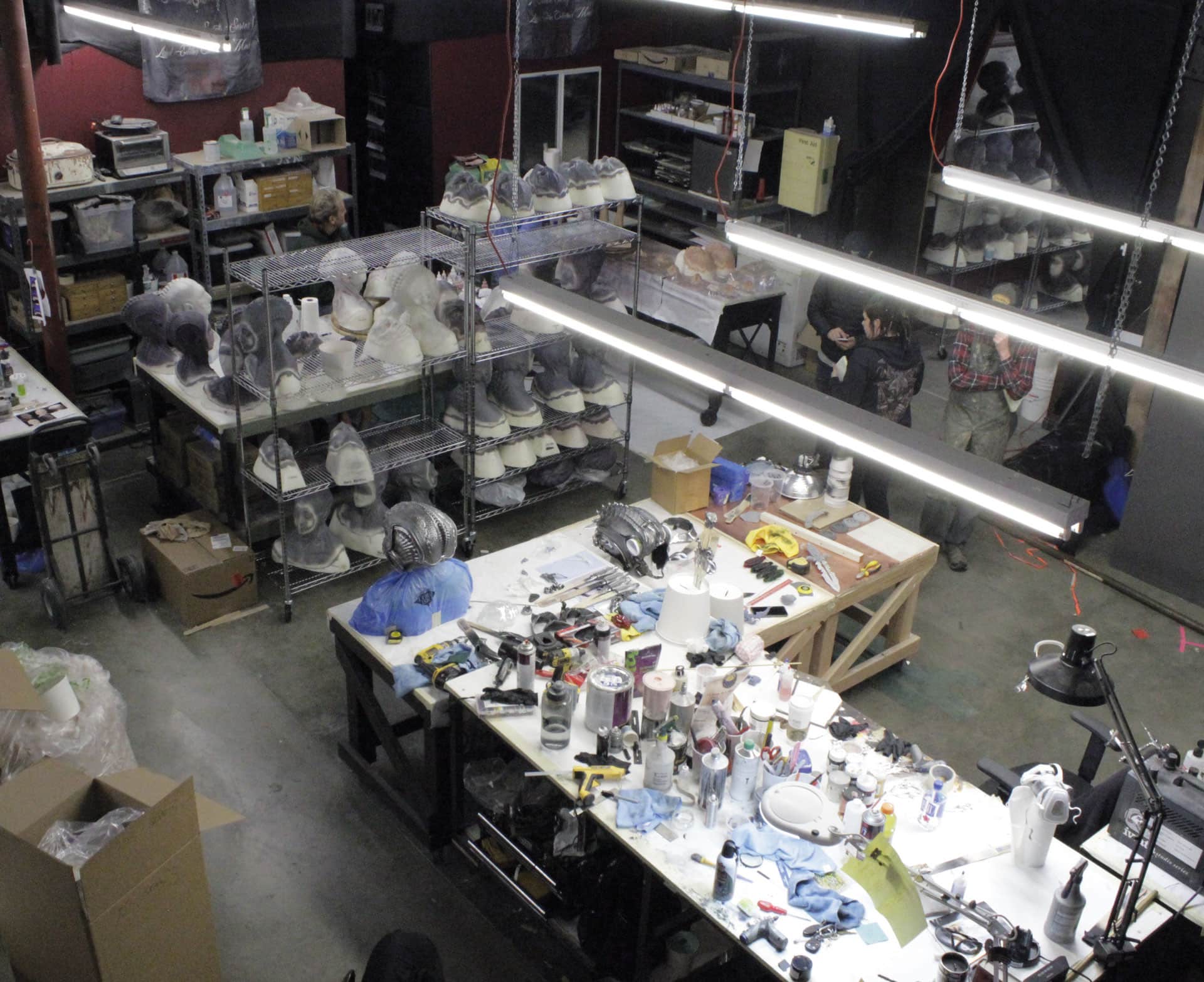
“We try to retain the most significant form language elements of key canon species–so that they are instantly recognizable to our fan base–while simultaneously utilizing all of the latest technology to allow us to create on the cutting edge … Much of what we do today was not even possible just a few years ago!”
The shared goal of elevating the Star Trek universe between Alex Kurtzman, Olatunde Osunsanmi, and Alchemy Studios was what made Discovery a reality–their extensive knowledge and passion about the franchise a candle that never dimmed. Glenn Hetrick explained that Season One established the guidelines in terms of what is visually considered canon (in that universe) that sort of expanded throughout the final season (and inspired the other spin-off shows). He added, “We try to retain the most significant form language elements of key canon species–so that they are instantly recognizable to our fan base–while simultaneously utilizing all of the latest technology to allow us to create on the cutting edge. Our use of the newest silicone techniques for realistic skin, ZBrush and Photoshop for concept design, and even processes such as 3D printing for some elements of the makeups and specialty costume components that we handle truly heightens the level of realism and complexity within the time constraints of episodic television. Much of what we do today was not even possible just a few years ago!”
Alchemy Studios’ application process used in Star Trek: Discovery is unparalleled, with Hetrick pulling his thirty years of experience in over fifty seasons of episodic and film projects, combining and synthesizing every skill and technique into this show. Worth mentioning are Ken Culver’s insanely fast silicone process used in Crossing Jordan and CSI:NY, Hetrick’s work on Blade II and Agents of Shield, and his Tigris prosthetics for The Hunger Games–all of which helped develop the efficient process implemented for Star Trek: Discovery to decrease application times since everything had to be shipped from Los Angeles to Toronto. “At the end of the day, that’s what it’s all about … taking every detail and the pre-paint as far as possible in the studio. We have a selection of masters working with me in the paint departments of each season including Jamie Grove, Andrew Freeman, Javier Gonzalez, Mike Wowczuk and Santino Ferrese … and then handing it off to masters of their craft, like my main go-to application genius Rocky Faulkner, for the final application. It’s incredible what he has accomplished in this show, many of the ‘full head’ characters would normally require 4.5-6 hours of application, and on other shows, that’s what they get; our team manages to accomplish that level of complexity in under 3 hours. On characters like Saru, they got him down to under 2 hours, which is unimaginable.”
“This allows production to have a maximum amount of hours to shoot with the character on any given day. It all starts with the way in which we sculpt the makeups, and how I handle the ‘breakdown’. We often employ completely unorthodox techniques and alternate layering protocols in order to make it possible to apply the characters much more quickly than usual, but that does not mean that it is easy! It may be quicker, but it’s more complex and unique … so it is actually harder. There are very few people like Rocky, application artists that have that level of skill and commitment to the craft, and they have to be on their game every minute of every day to make that happen, there is literally no room for error.”

Hetrick confessed that the evolution of filmmaking is starting to hit a wall, that one way or another, we’ve seen it all. In fact, he believes the increase of screen resolution is actually a deficit to the suspension of disbelief that is at the core of it all: “I think the ultra high-resolution issue will be resolved down the line. Your brain knows that the story that it is viewing looks different than reality–the resolution of the imagery on the screen is higher than the resolution of reality, or at least, the way that we perceive it, so there is a point where it truly becomes counterintuitive to increase the resolution of the images further. I suppose in the simplest of terms, it’s a bit of over stimulation. In an attempt to be ‘more real than real’, the current tech can accidentally produce a feeling of artifice, betraying the illusion at work beneath the surface. Much of that is due to emerging technology and studio contracts … They, very sensibly, want everything filmed at the highest level possible, so that they might be able to exploit the property that they own twenty years down the line as a 3D hologram, when the tech emerges for that ‘next level’ of home entertainment. But, that is not necessarily a good thing right now for the filmmakers and directors unless they can afford post-processing to really polish the product and give it a softer, more refined look, like an 80’s feature film … it can all be far too sharp and crisp, it loses its ‘feeling’.” He concluded, “Today, it is much harder, for a myriad of reasons … There is so much to compete with, and so much that has been done so well over the years. Everyone is trying to find a new way to tell their story and to create a look or a feeling that the audience has yet to experience. I think Star Trek as a franchise has always, historically, been uniquely suited for this task because of the source material and the genius of Mr. Roddenberry.”
Glenn Hetrick ended the interview teasing that in the upcoming film, Section 31, he was finally able to cross off a few characters/species that have been on his list for quite some time, and that he has been working on some new, exciting projects–Star Trek and beyond, including a potential series development based on the book series Necroscope. Make sure to pick Star Trek: The Art of Glenn Hetrick’s Alchemy Studios today to discover more about the processes and creations for this unforgettable show.
